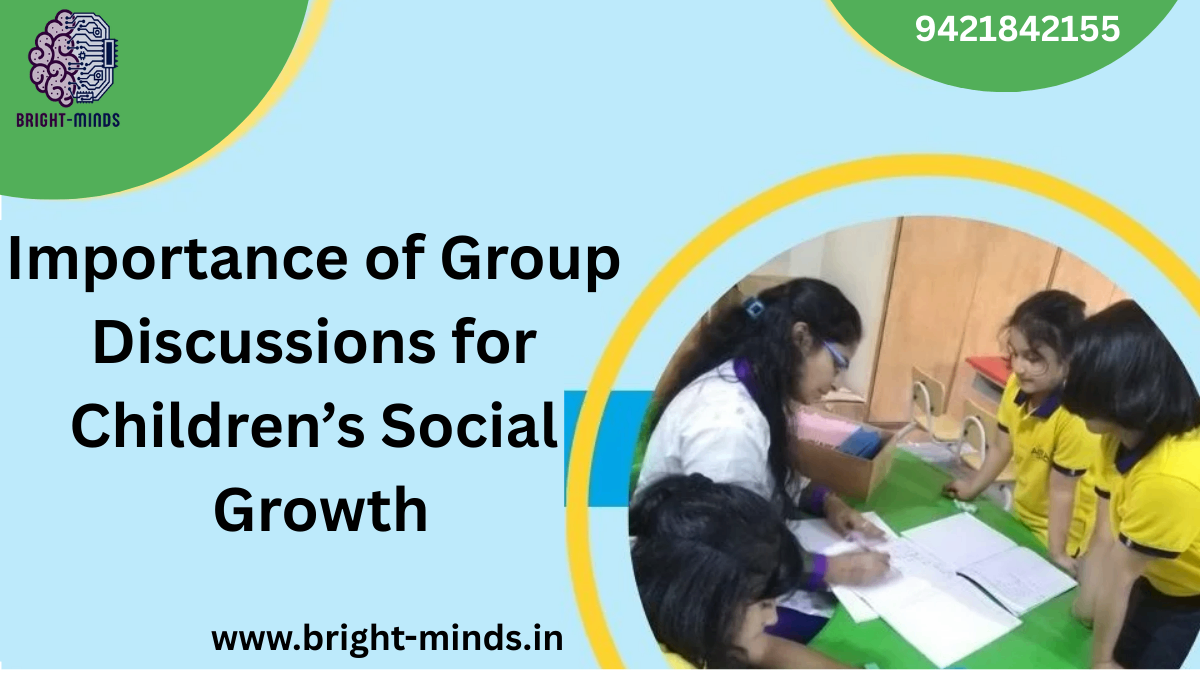Introduction: Why Talk When You Can Text?
In a world dominated by digital communication and short-form content, the art of conversation—especially among children—is slowly fading. But here’s the truth: group discussions play a vital role in a child’s social, emotional, and cognitive development. From building confidence to nurturing empathy, the ability to express, listen, and collaborate with peers lays the foundation for future success—in school, in the workplace, and in life.
If you’re a parent, educator, or even a company professional interested in child development or corporate responsibility programs, understanding the importance of group discussions for children’s social growth is your first step in making a meaningful impact.
Let’s explore how group discussions can transform young minds, the market trends in child education, and practical tips to get started today.
The Fundamentals: What Are Group Discussions?
Group discussions (often referred to as GDs) are structured conversations where children interact around a common topic or theme. These could be academic (e.g., “Should homework be mandatory?”), social (e.g., “What makes a good friend?”), or imaginative (e.g., “If I ruled the world…”).
Unlike lectures or monologues, group discussions encourage two-way communication, critical thinking, active listening, and respectful disagreement—all essential life skills in the 21st century.
Why Group Discussions Matter for Children’s Social Growth
1. Builds Communication Skills
Children learn to articulate their thoughts clearly and listen to others’ viewpoints—core competencies for personal and professional success.
📌 Real-World Application: Companies today prioritize soft skills like communication and collaboration when hiring. Why not start early?
2. Enhances Emotional Intelligence
By engaging with peers, kids begin to understand emotions—both their own and others’. Group discussions foster empathy, patience, and resilience.
3. Encourages Respectful Disagreement
Children learn that it’s okay to have different opinions. More importantly, they discover how to disagree constructively—an invaluable trait in both the classroom and the boardroom.
4. Boosts Confidence
Speaking in a group setting helps shy or introverted children find their voice. Over time, they grow more comfortable expressing themselves, even in unfamiliar settings.
5. Develops Leadership and Teamwork
When children take turns leading discussions or facilitating sessions, they begin to understand group dynamics and the importance of inclusive leadership.
Market Trends & Industry Insights: Why It’s Time to Pay Attention
In recent years, ed-tech companies and educational institutions have increasingly prioritized holistic development. Programs focusing solely on academic success are giving way to curricula that emphasize soft skill development.
- EdTech is booming: The global edtech market is expected to reach $404 billion by 2025, with a significant portion dedicated to communication and collaborative learning platforms.
- Social learning models: Platforms such as Google Classroom and Zoom have adapted group discussion features, understanding their importance in remote and hybrid education.
- Corporate CSR initiatives: Many companies are now supporting community education programs that include group-based learning for underprivileged children.
For professionals, this shift highlights business opportunities and CSR strategies that align with long-term talent development and societal impact.
Practical Tips to Encourage Group Discussions Among Children
✅ Start Small
Introduce discussion sessions with small groups of 3–4 kids. Begin with fun topics like favorite superheroes, animals, or weekend plans.
✅ Create a Safe Environment
Make sure every child feels heard. Use positive reinforcement and gentle moderation to keep discussions respectful and inclusive.
✅ Use Visual Prompts
Show a picture or short video clip and ask kids what they think is happening. This sparks curiosity and eases them into conversation.
✅ Rotate Roles
Assign rotating roles like “Moderator,” “Timekeeper,” or “Summarizer” to build responsibility and leadership skills.
✅ Model the Behavior
Adults can participate too! Demonstrate active listening, respectful disagreement, and the art of asking open-ended questions.
Relatable Example: A Real-Life Transformation
Take 9-year-old Anaya, for example. She was shy, barely speaking a word in class. Her school introduced weekly group discussions where students shared their thoughts on simple topics. Within a few months, Anaya began initiating conversations, defending her ideas, and even mentoring quieter classmates.
Her academic performance improved too—because social confidence translated into classroom engagement. Stories like Anaya’s are proof that group discussions aren’t just talk—they’re transformation.
A Call to Action: The Next Step Starts Here
Whether you’re a parent wanting to nurture your child’s potential, a teacher aiming to create a more inclusive classroom, or a company exploring educational CSR programs—now is the time to act.
You may also like this:-

